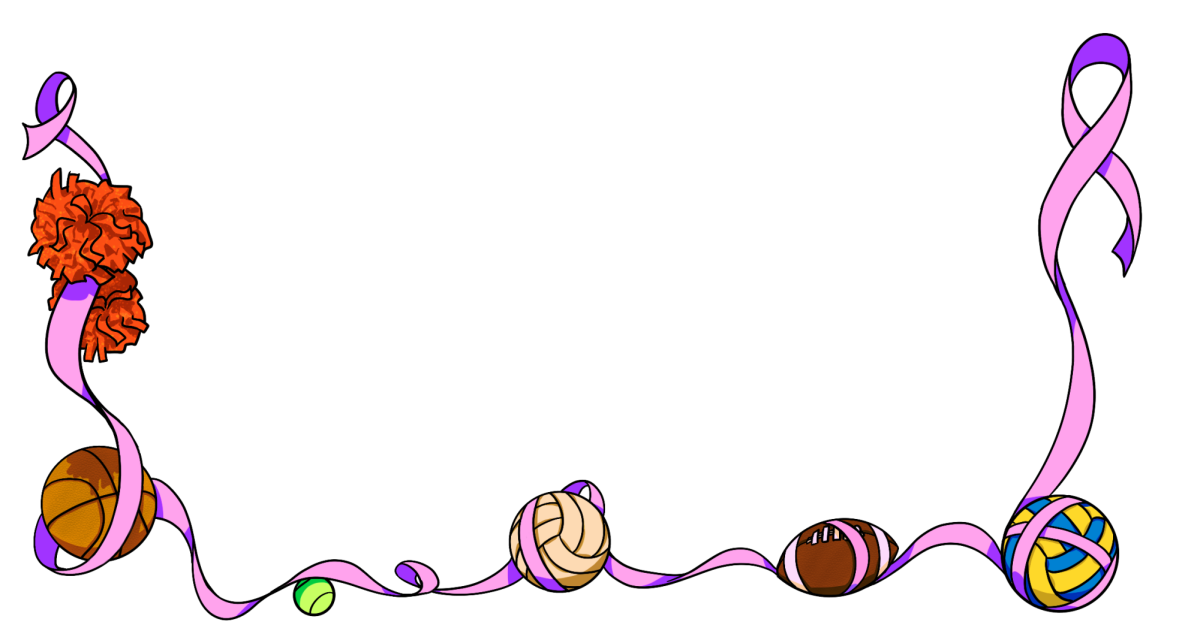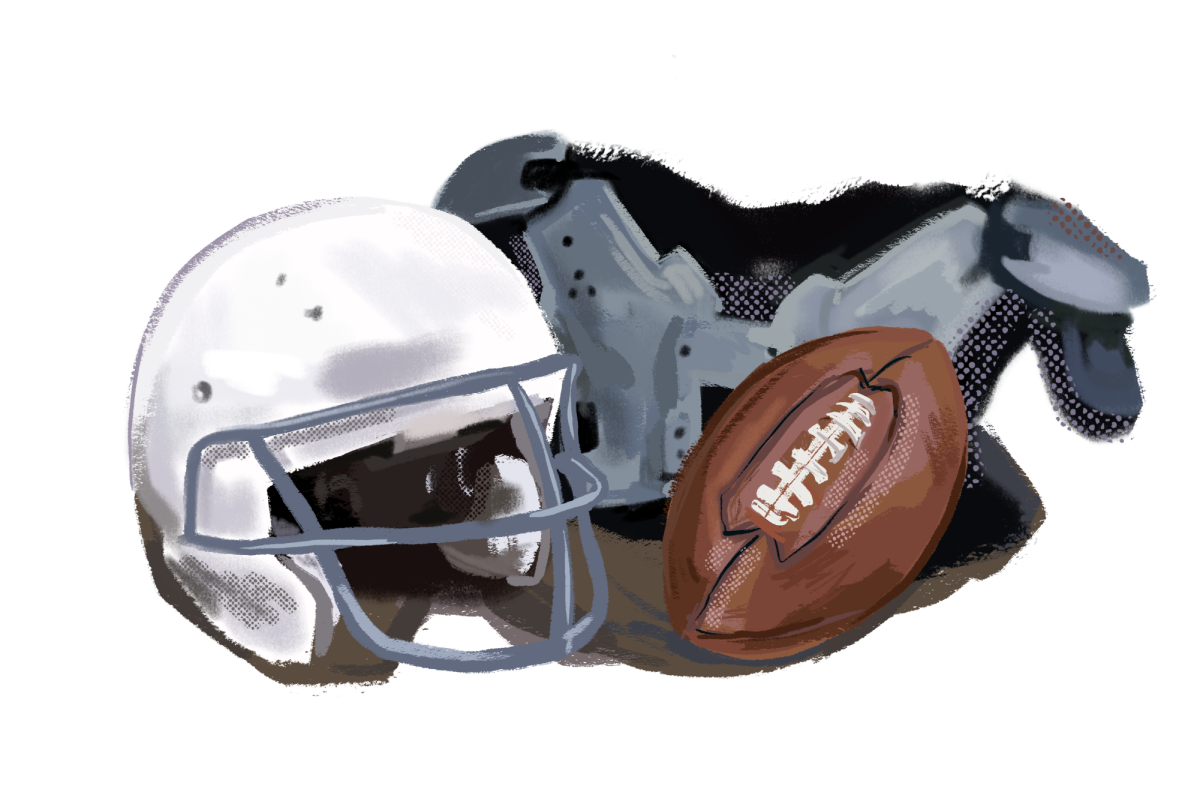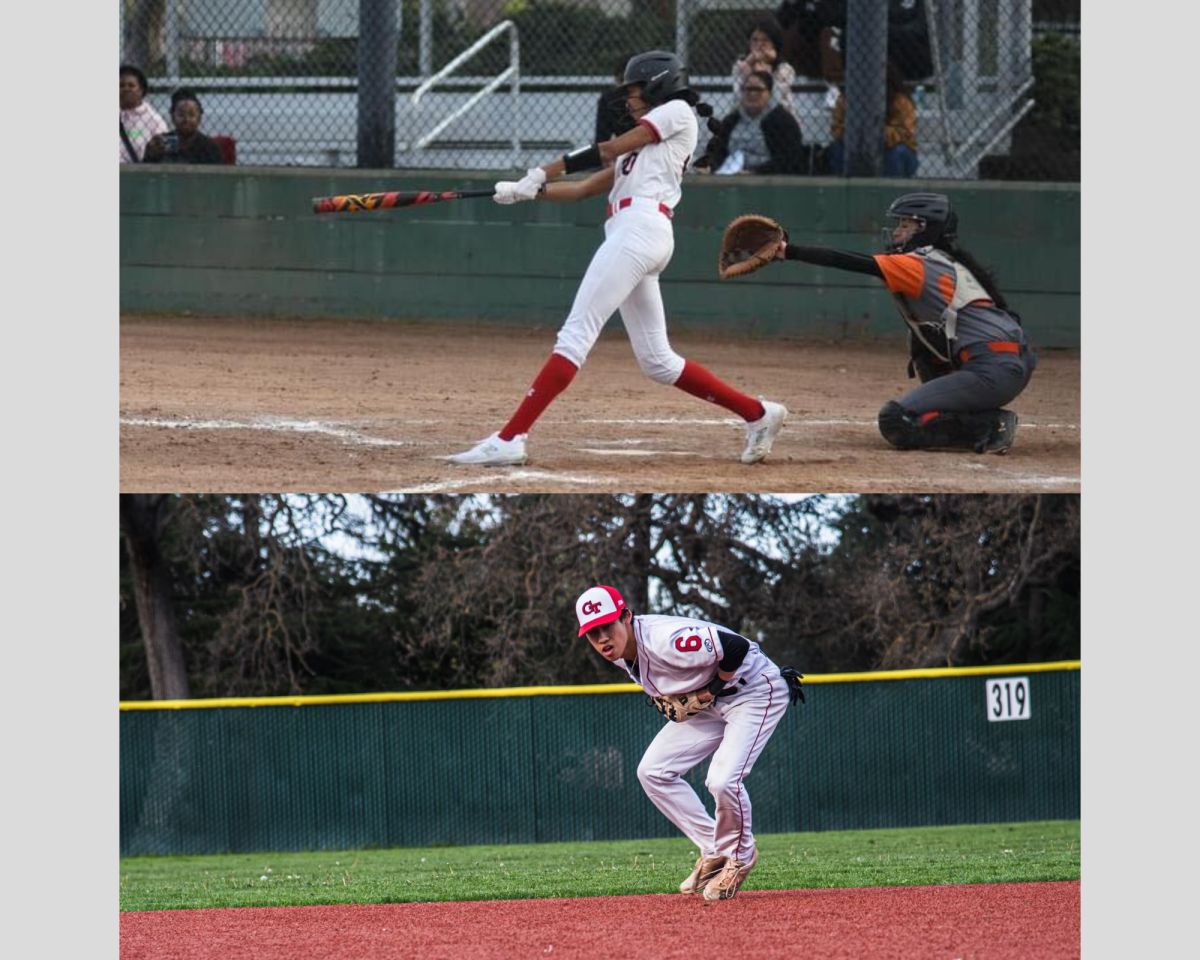Kanemoto says that a key aspect of Wushu is to keep the performance interesting. “You don’t want to be standing the whole time, you want to maybe drop down on your knees, do something or change levels because it makes your form more dynamic,” Kanemoto said.
Dzakovic agrees that Wushu is much more artistic than other traditional sports. “For martial arts, especially for Wushu and forms, it really just comes down to [whether] you remember your form,” she said.
Many artistic elements are hidden in the technique of the martial artists, rather than shown outright. “The real com- plexity comes in when you’re doing the really slight stuff that makes you better or go faster,” Kanemoto said.
The freedom of choice in Wushu allows martial artists such as senior Varun Singh to be creative. “Wushu is very much about finding your own way,” Singh said. “As far as tempo, speed and timing and all of that, that’s up to you. Which forms you do is also entirely up to you. It really changes based on what feels right to you and what you’re good at and what you’re not good at.”
Kanemoto and Dzakovic don’t consciously think about appearing strong or graceful when they perform. It just naturally comes. “[Someone who is] just taking Wushu because their parents told them to is the type of person who doesn’t really feel that grace, doesn’t really feel that artistic flow or the peace within themselves,” Dzakovic said. “For me personally, I may not be the best, but I definitely do feel that inner peace and artistry kind of flowing through me.”
All in all, Dzakovic found that Wushu was an outlet through which she could express herself artistically and get away from the chaos present in her life. “Wushu was a really good way to let go and find a home within the studio,” she said.









